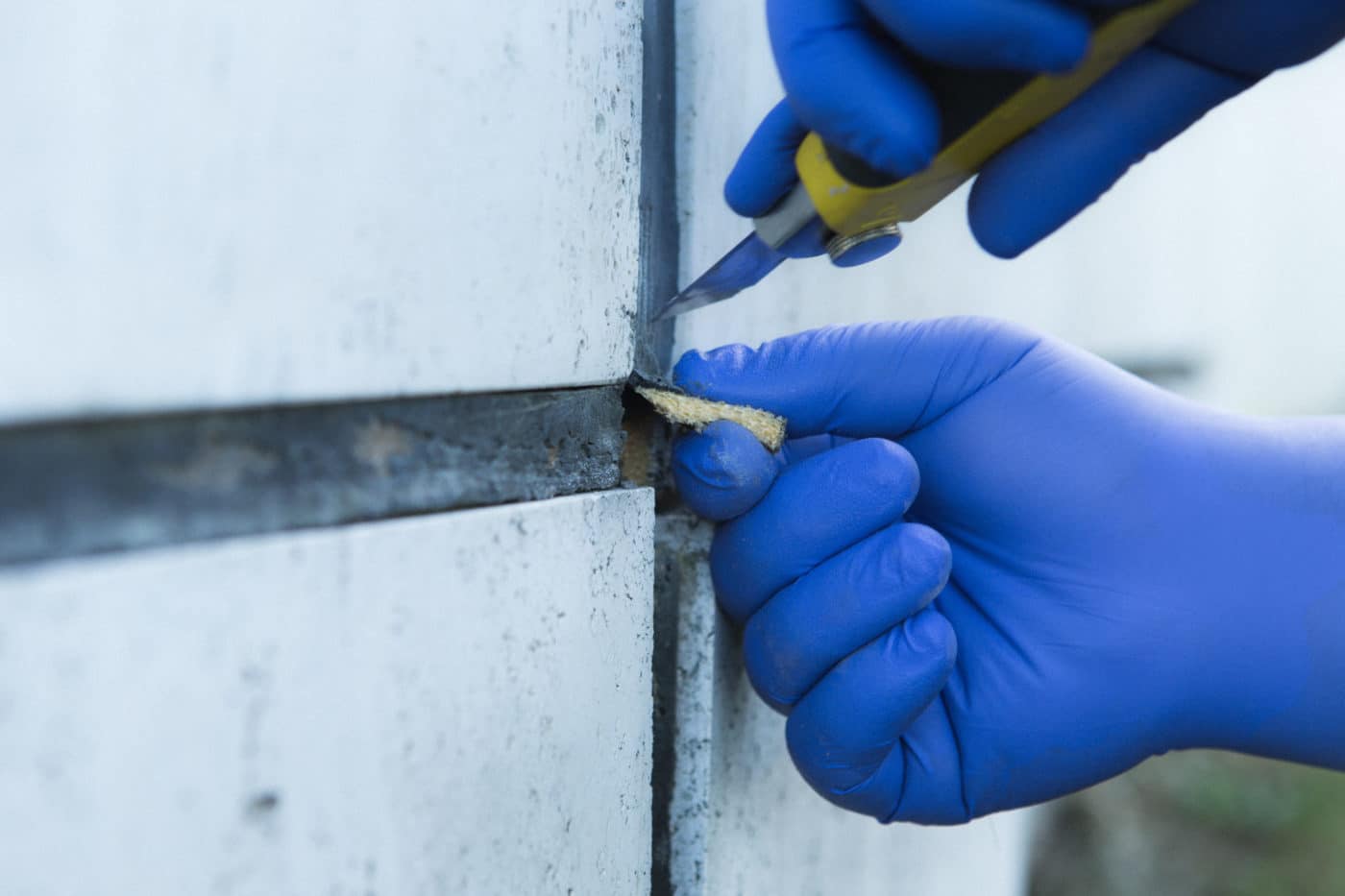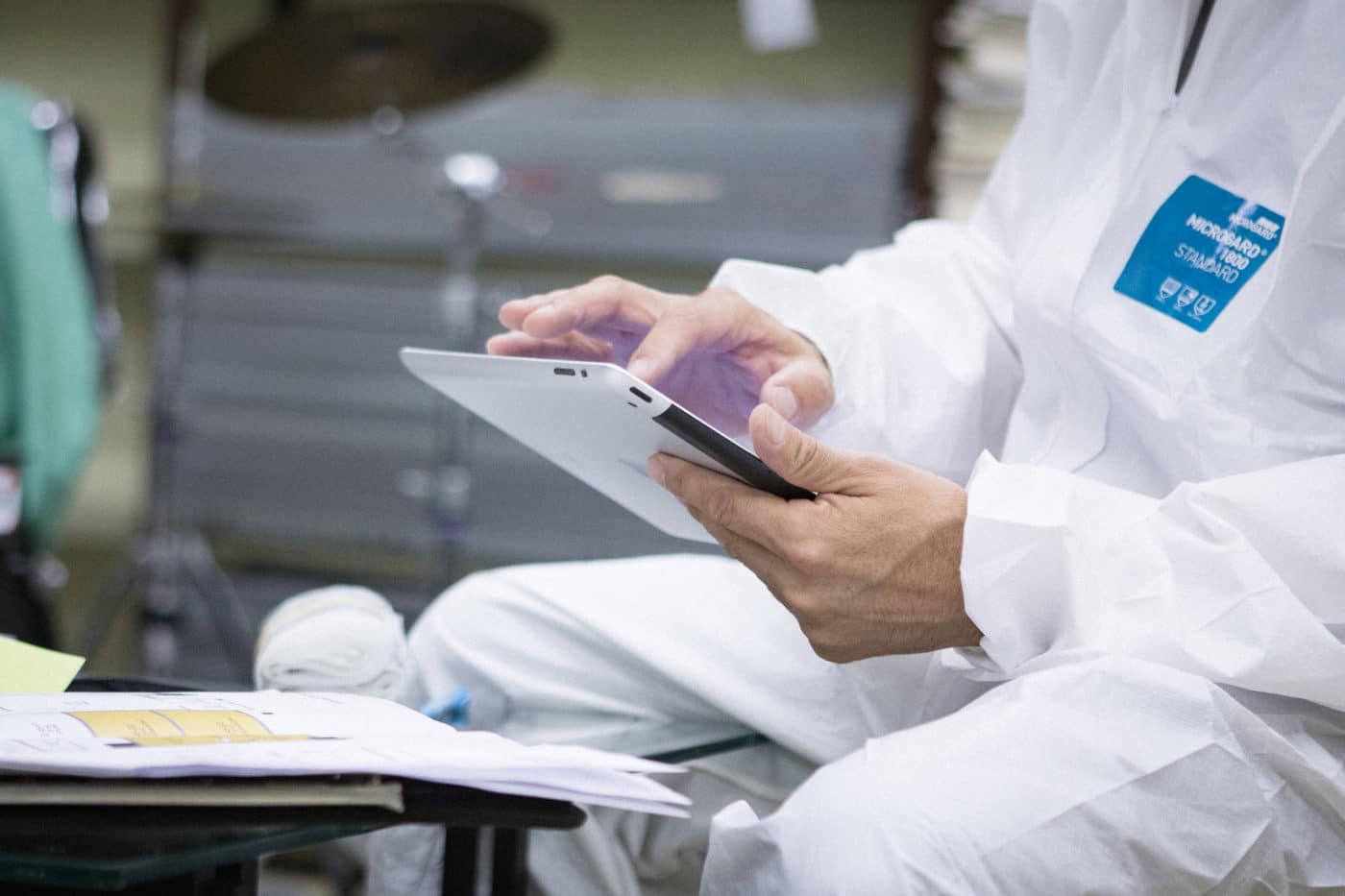Diagnostic
- Identification of normal use of the building
- Diagnostics before work or demolition
- Report locating PCB-containing elements
- PCB detection in air

HSE Conseils SA offers you a global expert assessment of the building by identifying the elements containing PCBs, such as joints, paints or capacitors.
PCB surveys are carried out by visual inspection, followed by sampling of materials considered at risk. After analysis, you will receive a report detailing the elements containing PCBs, the assessment of the risks to occupants, any urgent measures to be taken, and instructions for remediation and disposal.

After the diagnostics and release measurements following remediation work, we carry out in situ measurements of the PCB content of the air.
PCBs (polychlorinated biphenyls) are a complex mixture of synthetic substances. In the past, they were widely used in construction, mainly because of their low cost.
In 1972, PCBs were banned from use in exposed applications (paints, seals, sealants, fabrics, paper, etc.), and in 1986 in general, due to the risks they present to human health and the environment.
PCBs are easily absorbed by the gastrointestinal tract, the skin and the lungs. They pass throughout the body and accumulate in fatty tissues.
Absorption of large quantities of PCBs causes acute skin disorders (chloric acne, skin pigmentation, etc.), damage to the liver, spleen, kidneys, and a weakening of the immune system.
The carcinogenic effect of PCBs has been demonstrated in animals, but has not been confirmed in humans so far. In an accident in Japan in 1968, large quantities of PCBs contaminated rice oil, which was consumed by the population over several months. In addition to the above-mentioned health risks, this incident also led to neural disorders and an increase in the number of miscarriages.
